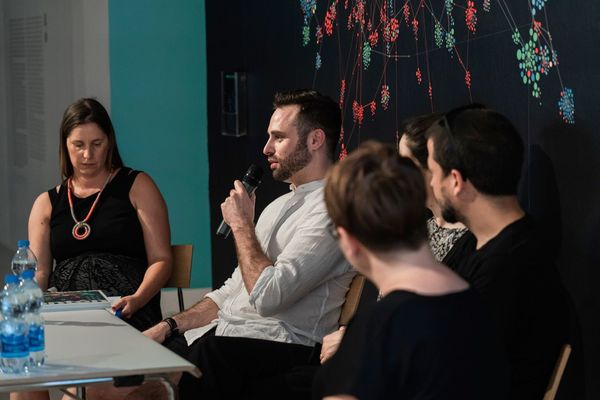How is an object made? What underlying thoughts build it? How does the choice of material affect the process of creation? What messages do the specific textures and design carry? The works of ceramic designer Anett Sáfrán provide insight into all these issues, personal experiences and the own identity of objects also play a central role in her works. Interview!
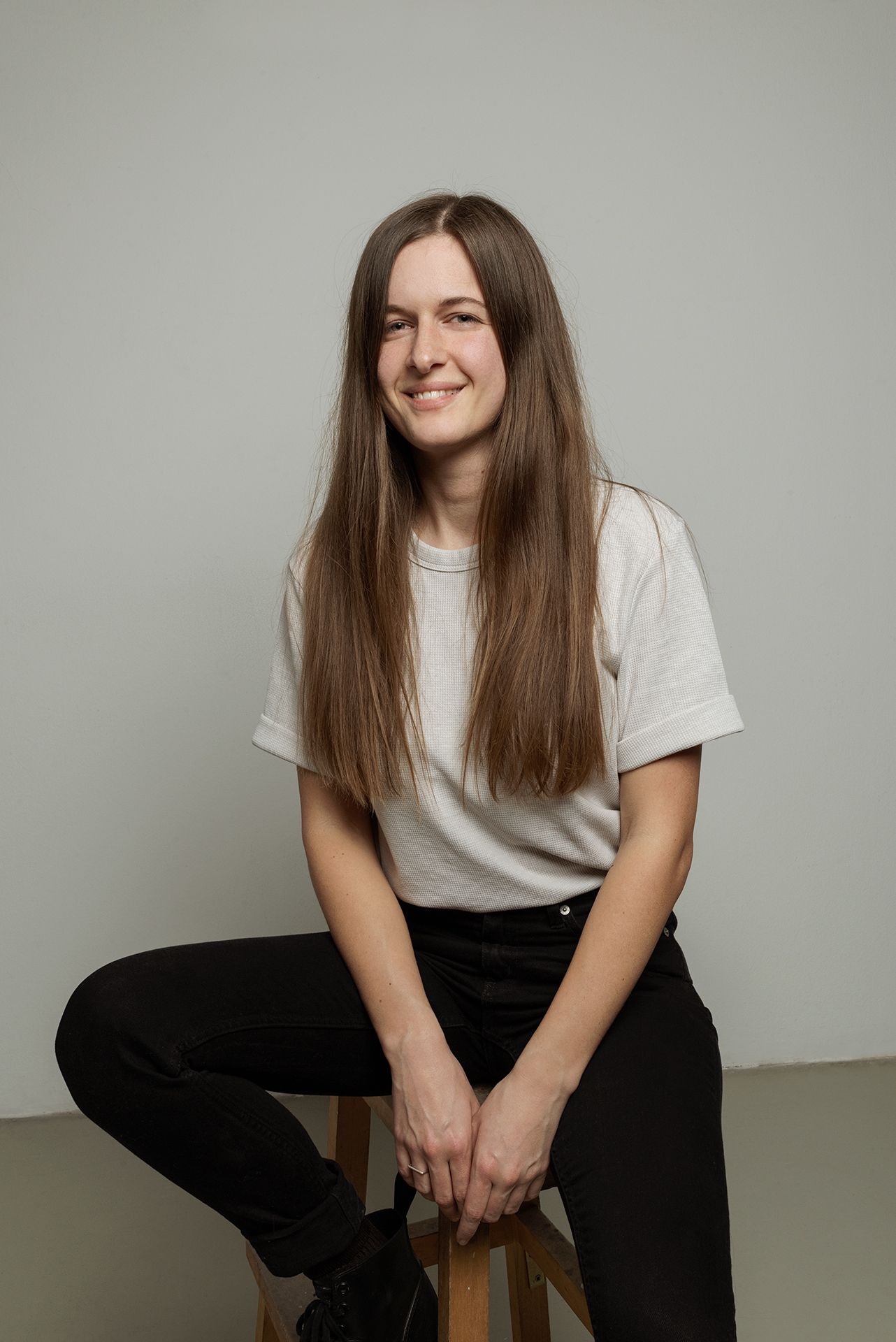
You graduated from the Moholy-Nagy University of Art and Design with a degree in ceramic design, today you are building your own brand. Exactly when did your interest in the world of objects and ceramics begin?
Even when I was in elementary school, it was clear that I wanted to pursue art studies. Prior to my high school admissions, I went to an open day at an art high school, where, among other things, there was a tour around the pottery workshop. Meanwhile, the students at the time were just polishing organic gypsum molds in their hands. Observing this was a very defining and beautiful thing for me, so it became quite clear that I wanted to get admission there. From there, a straight path led to MOME.
As your diploma work, you made a concrete public object, which differed in scale and material use from your previous work. Why did you need this shift, or detour?
The professional education experienced in most of my university studies, with a strictly technology and end product focus, later began to expand with more playful, experimental object design courses. For me, these were always sympathetic opportunities, so I joined the team of a workshop familiar with concrete. It was a liberating feeling to put aside the design attitude that had been expected until then and to experience and try something new. This is specifically refreshed and tore me from my previous comfort zone.
My diploma work has an underlying content, since just because it’s made of concrete doesn’t mean I’m going to stop being a ceramic designer, but rather that it helps me get even better. I have kept that feeling ever since.
In the years following graduation, this change deepened. I spent my internship at a Dutch design studio and then worked at a Dutch creative workshop. In my eyes, it was a great place to experience the success of freer, boundless thinking. During my years here, I immersed myself in the world of synthetic resin, which at that time became a popular raw material in the field of object creation as well. For me, it served as an everyday delight and taught me a lot about the world of international contemporary design.
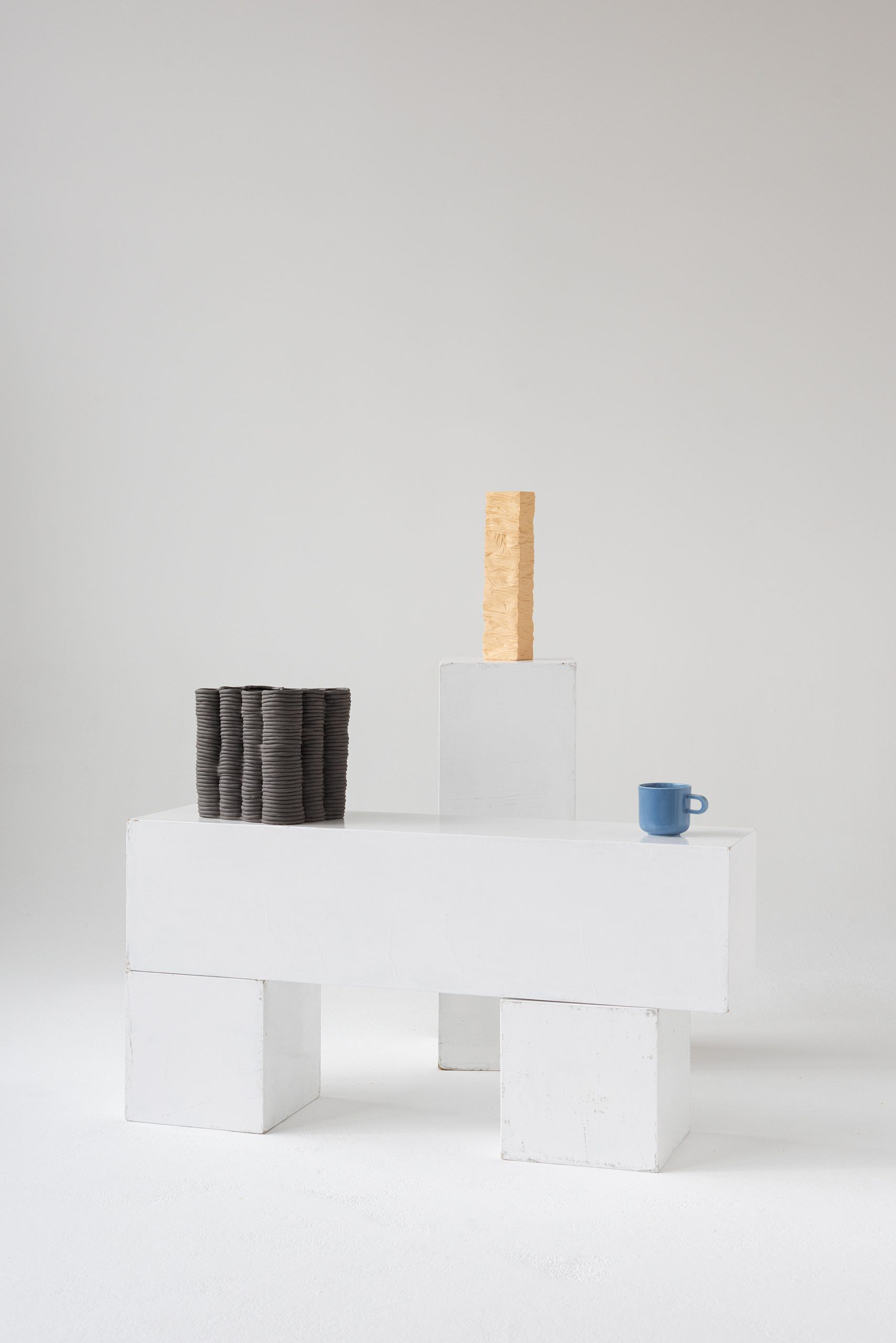
Eventually, however, you returned to ceramics and created your Therapy Vessels collection under the aegis of your own brand. How has your journey so far shaped your creative behavior and philosophy?
The inspiring creative circumstances of my years, which can be called detours, contributed a lot to my development and the expansion of my way of thinking. Of course, it was certain throughout that ceramics were the primary raw material for my own creative manifestation, even though I was interested in experiencing other things. My intensive independent creative activity started about a year and a half after I moved back to Hungary. I reached a milestone, the mentioned hand-built clay pots were born as a sentimental and personal approach to this change. In a self-therapeutic way, creating these helped me summarize my thoughts on ceramics and articulate what I want to say with my objects in the future.
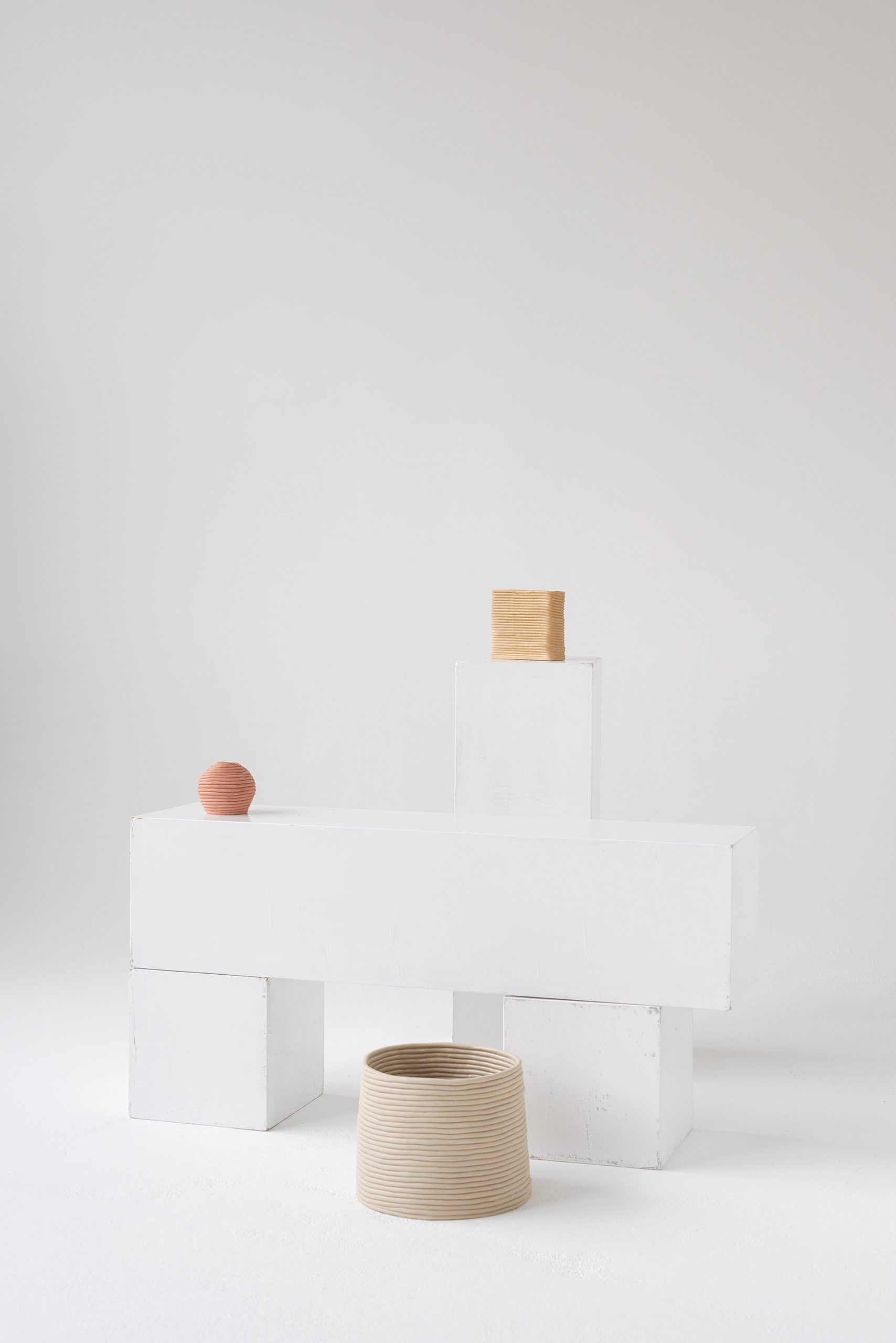
My desire is a work that helps change the way we look at the objects around us. I would strive for a much more thoughtful and selective behavior that will make the things we choose and buy have a longer and fuller life. In this context, the visual presence of my works so far is as important as their actual function.
Their recurring aspect is tactility, which I try to emphasize in the design. They attract the attention of the environment around them with surface play and texture. They have their own identity, stories, invite the user to touch, explore and experience—they create an interface for making a specific, person-object relationship.

What technique and material use is closest to you? Is there a way you like to work with the most?
In the process of creation, I find the brief moment most exciting when I recognize the opportunity in one thing. It’s not a consciously generated situation, I get this and then I decide where and how long to take it. This feeling takes you back to childhood, when everything is new, and discovery is the greatest adventure: it’s a micro-environment in which even simple things are magical.
Within the world of ceramics, porcelain as a raw material impresses me the most. The challenge involved is the nobility and purity of the material. Its experimental nature is more on a self-knowledge level: the creator needs patience and humility to work with it.
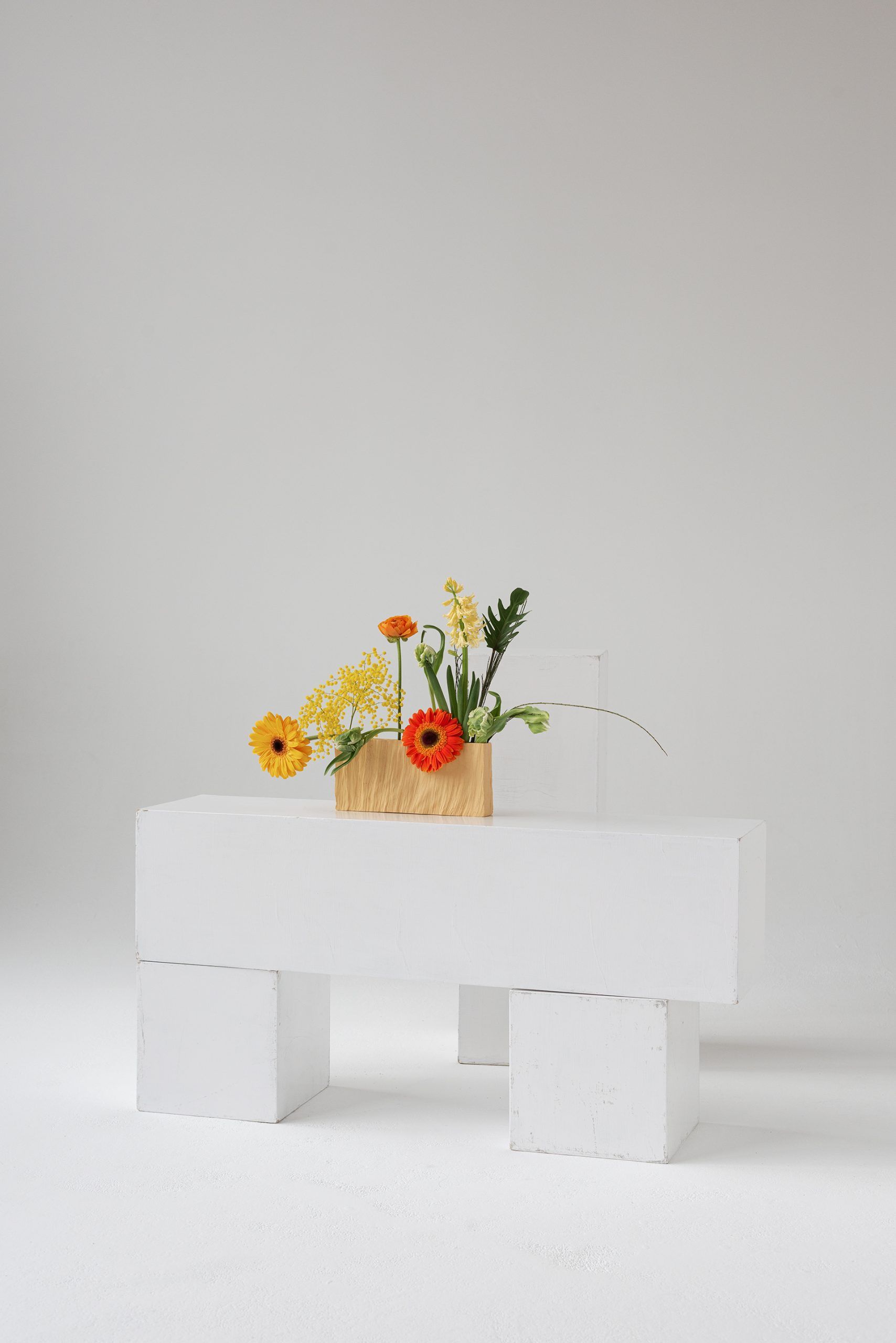
What inspired you to create the latest Era object family, what was your starting point here?
The process of the formation of objects is the sum of the thoughts mentioned above. In my Dutch workplace, I often made silicone molds to make intricate pieces. Their openings were formed with the help of blades. It was then that I noticed the aesthetics of the curved engravings depicting hand gestures and the resulting play of light. With the direction of the movements and the degree of pressure, a wide range of surface experiments opened up. Later, I kept the pieces of silicone classified as waste and started carving them out. In the meantime, I thought about how to transfer these surfaces into material, for which I found porcelain to be the most suitable.
The time of creation coincided with the appearance of the virus, which more or less transformed everyone’s everyday lives and attitudes towards life. This situation clearly affects the quality of time spent at home, which is in line with the space around us and the significance of the objects placed in it, both ideologically and aesthetically. The study of this turning-point inspired the naming of the object family.

What is the next step, what are your future plans?
I would like my specific creative process to be complemented by more inquiries where I have to respond to the ideas of others, be it project-based cooperation or collaboration. This is where the role of planning intensifies, which I experience as a good challenge: I always learn a lot from teamwork. Due to the pandemic, little of this has happened, so I hope to experience more of these situations in the future. Furthermore, I would love to try myself in the field of installation design, and my big plans include building my own, introductory exhibition where I would put the Era object family in the lead role.
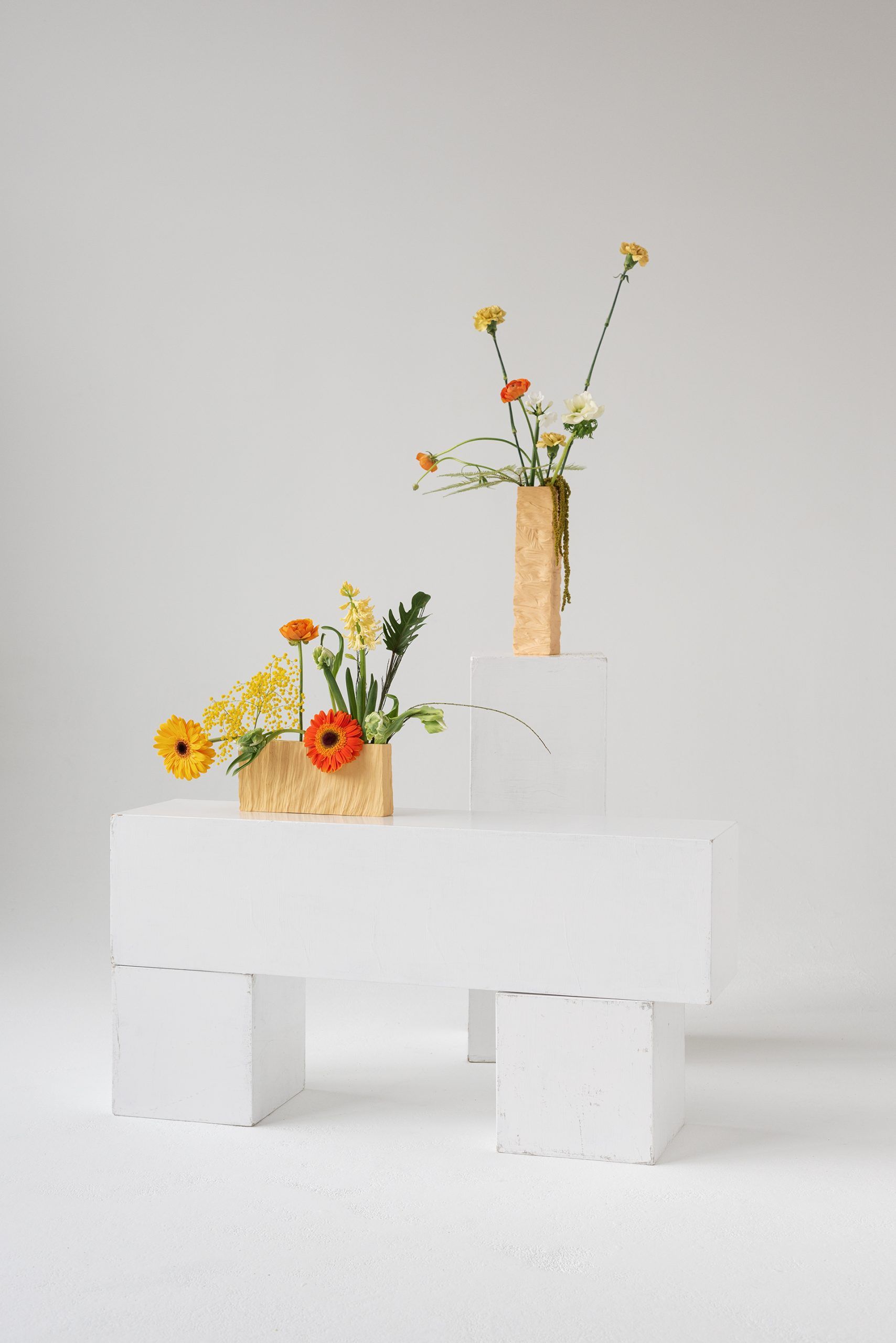
Anett is also planning to launch her own webshop soon, where we can choose from special items to our liking. In the meantime, look around the shelves at Garden Studio, where you can also find and get a few pieces.
Photos: Péter Hencz
Floral compositions: Lili Spielmann
Anett Sáfrán | Web | Instagram
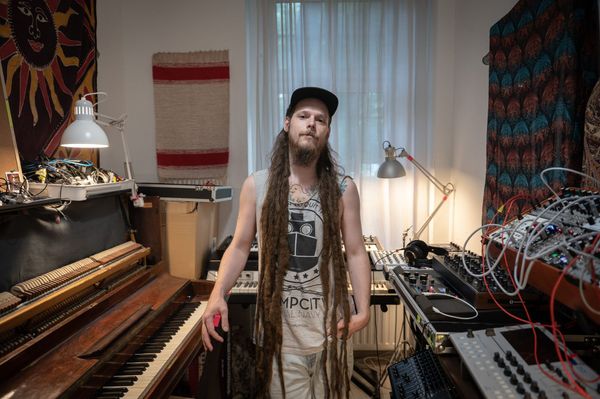
The eternal experimenter Iamyank | Hype X WONDEREST











